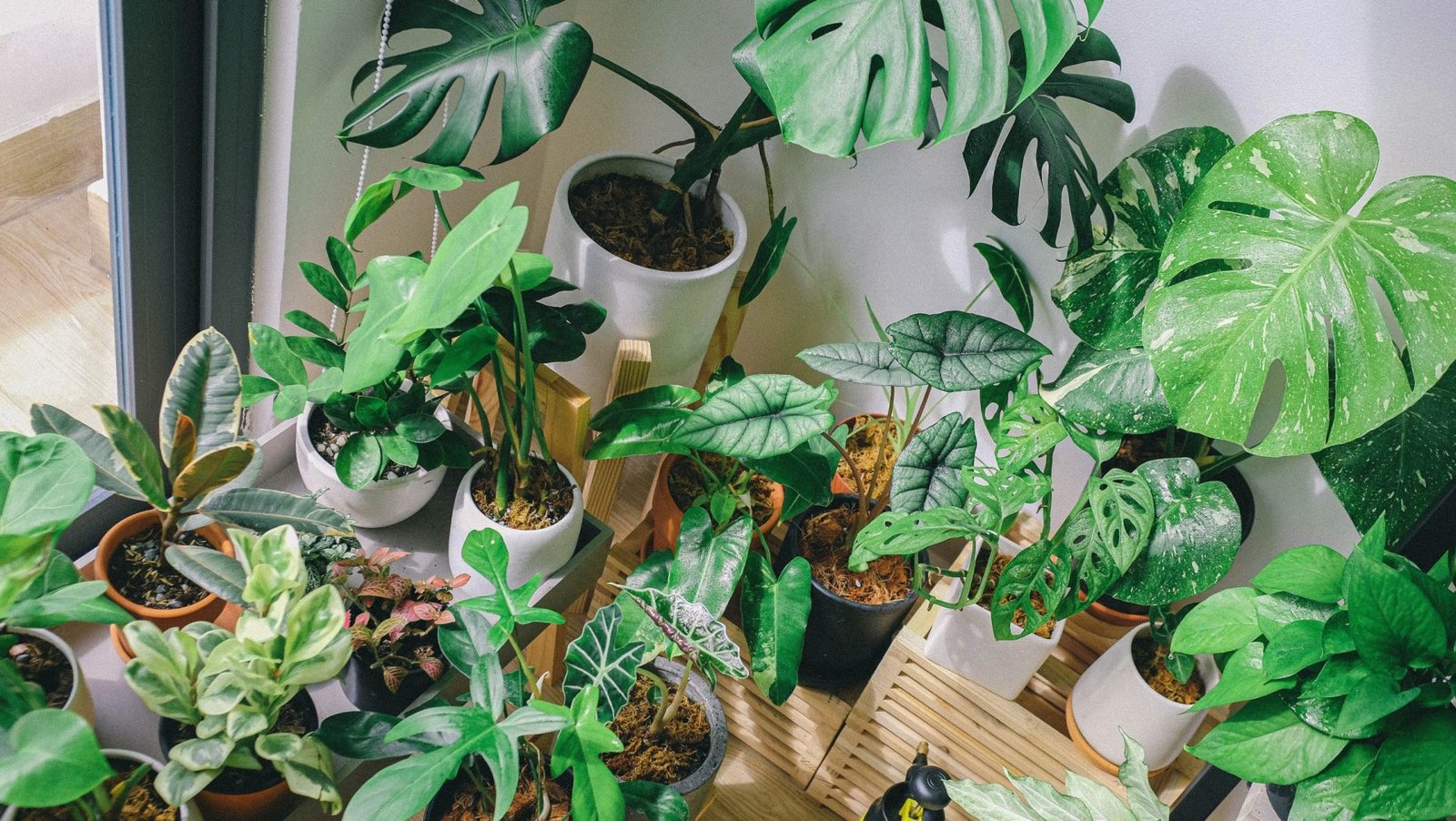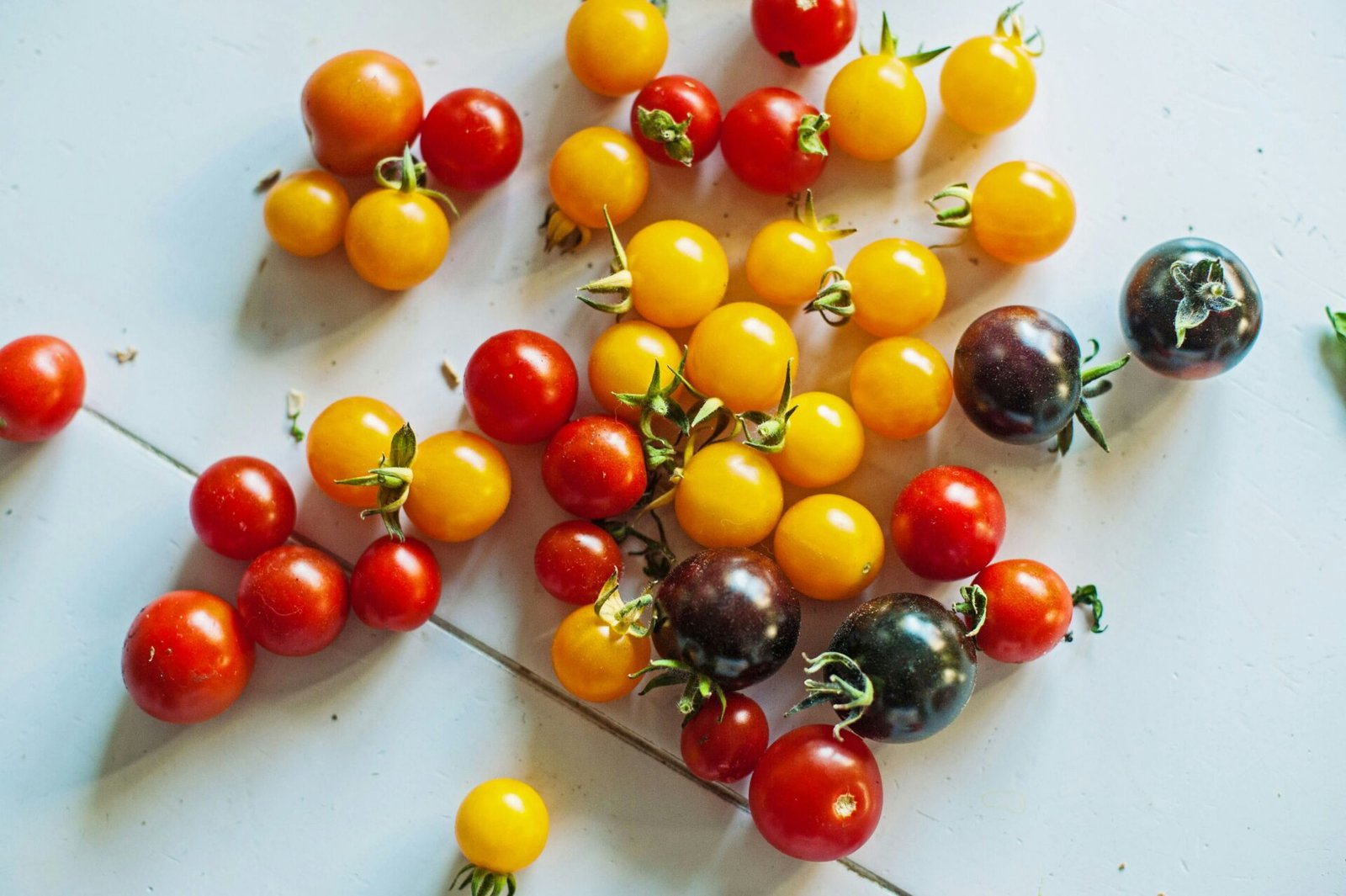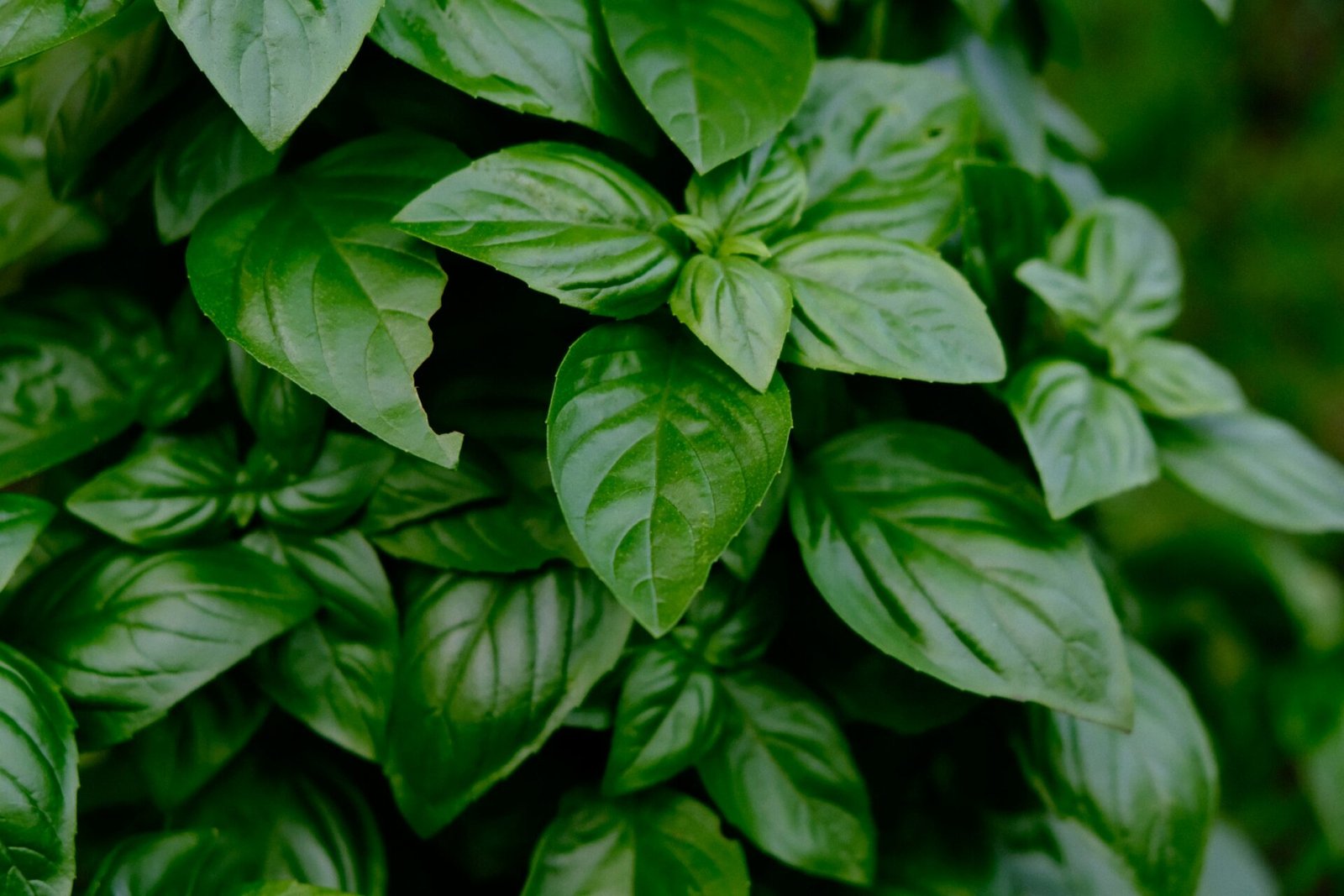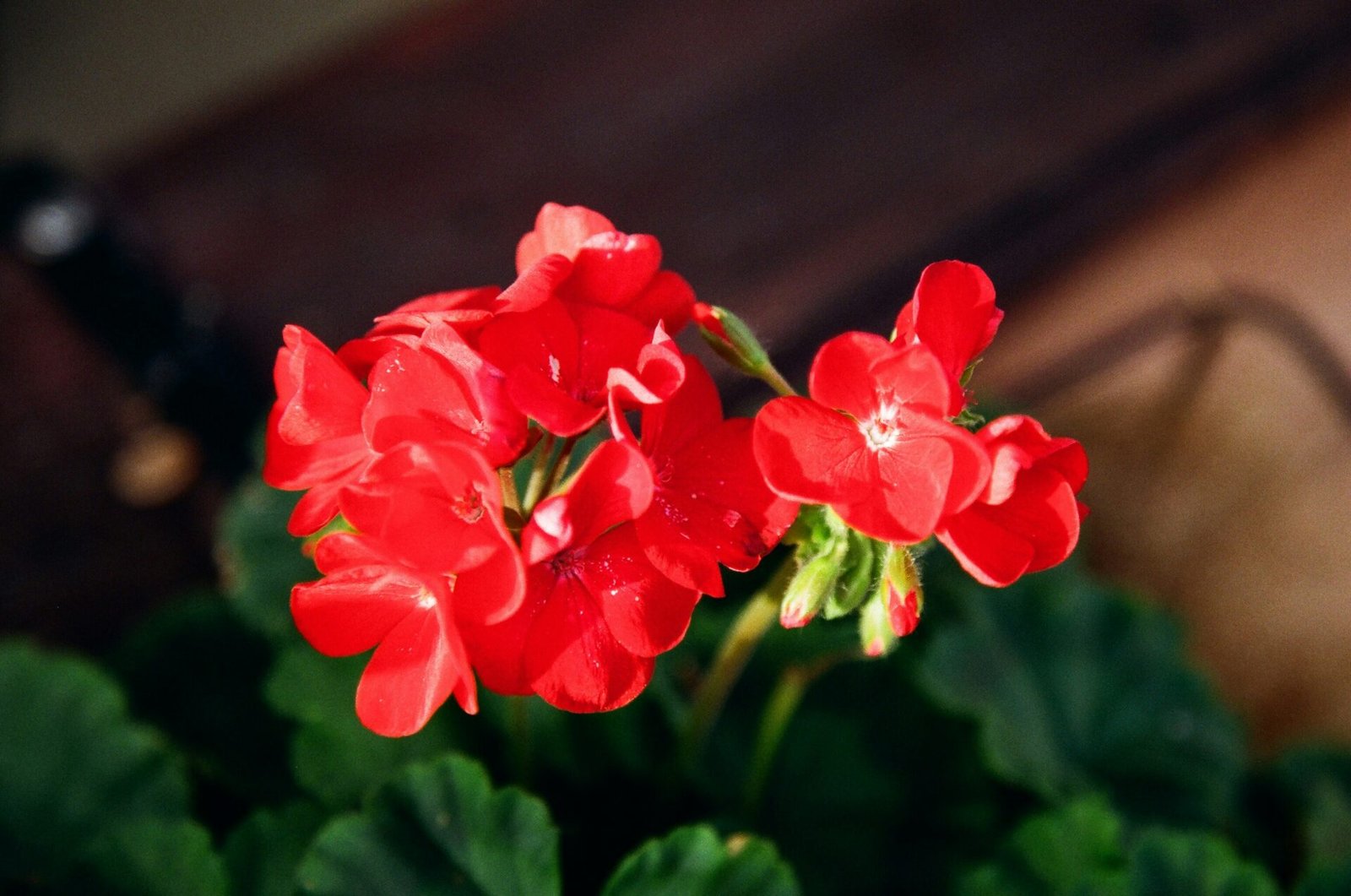Urban gardening’s my passion and today I’m thrilled to share the most sustainable ideas that’ll transform your city space into a green haven. Whether you’ve got a tiny balcony or a modest community plot, I’ve got tips to help you grow your own slice of paradise.
Benefits of sustainable urban gardening
Sustainable urban gardening isn’t just about beautifying city spaces—it’s a movement that has far-reaching benefits. I’ve learned through experience that it’s a powerful tool for promoting environmental health and fostering community spirit.
Environmental Impact
Firstly, urban gardens play a critical role in improving air quality. Plants act as natural filters, removing pollutants and releasing oxygen. By integrating more greenery into our urban landscapes, we reduce the carbon footprint of cities.
It’s also worth mentioning that sustainable urban gardening conserves resources. Using techniques like rainwater harvesting and composting, I’ve seen gardeners significantly cut down on water usage and waste. These methods not only save money but also align with the principles of responsible consumption.
Socio-Economic Advantages
Beyond environmental factors, there are notable socio-economic benefits. Urban gardens can:
- Alleviate food insecurity by providing fresh produce
- Create educational opportunities for residents to learn about agriculture and sustainability
- Promote physical activity and foster a sense of well-being among gardeners
Mental and Community Health
The mental health advantages are profound. Tending to a garden requires patience and care, which can be therapeutic for those involved. Community gardens forge bonds between neighbors, bridging gaps across diverse groups. They’re a place where I’ve witnessed first-hand how people come together, sharing not just their harvest, but also their stories and experiences.
These shared spaces can also be vital in urban planning, influencing the design of more liveable and inclusive cities. As our green spaces grow, so does our resilience against the effects of urbanization.
By nurturing these gardens, we’re planting seeds for economic, ecological, and social growth. That’s something I’m passionate about sharing with others. Whether you’re a seasoned gardener or just starting, the impact of your green thumb can extend well beyond your own balcony or community plot.
Choosing the right plants for your urban garden
When starting an urban garden, selecting plants that will thrive in a city environment is vital to your success. I’ve learned that not all greens are suited for the high-rise life. Local climate, sunlight exposure, and space constraints should guide your choices.
Factoring in Sunlight and Space
Assess the sunlight available in your space. Is your garden bathed in full sun, or does it only receive partial light? Here’s a quick guide to making the best of your situation:
- Full Sun: Look for plants that require 6 or more hours of direct sunlight daily.
- Partial Sun/Shade: Choose plants that can thrive with 3 to 6 hours of sunlight.
- Shade: Opt for greens that grow well with less than 3 hours of direct sunlight.
Remember, tall buildings may create intermittent shadows throughout the day; thus, picking versatile plants often yields the best results.
Considering Local Climate
Your city’s climate is a major determinant of what you can grow. Research the USDA Plant Hardiness Zone where you live to identify plants suited to your local conditions. For urban gardeners dealing with extreme seasons, perennials may be the way to go.
Choosing Edibles or Ornamentals
Deciding between edible plants and ornamental varieties comes down to your gardening goals. If you’re looking to cultivate a source of fresh produce, consider space-efficient edible plants like:
- Herbs (Basil, Thyme, Mint)
- Leafy greens (Spinach, Lettuce, Kale)
- Compact vegetables (Cherry Tomatoes, Peppers)
For those aiming to add a touch of beauty and nature to their concrete surroundings, pollinator-friendly flowers and eye-catching foliage plants are excellent choices. They not only beautify the space but also support urban biodiversity.
Utilizing Vertical Space and Containers
In the city, think vertical to make the most of limited space. Vertical gardens and hanging planters can host a variety of suitable species. Container gardening also offers flexibility and can accommodate both vegetables and flowers.
Selecting the right plants for your urban garden sets the stage for a thriving green space that enhances local ecosystems while providing personal fulfillment. Keep these tips in mind and watch as your garden becomes a vibrant oasis amidst the urban jungle.
Maximizing space in small urban gardens
When it comes to urban gardening, space is often at a premium. But even the smallest areas can be transformed into lush, productive green spaces with a bit of creativity and strategic planning. Vertical gardening is one of my go-to strategies for making the most of limited square footage. By using trellises, wall-mounted planters, or even upcycling old furniture, you can grow upwards rather than outwards, giving you more room to nurture a variety of plants.
Another effective idea is to implement multi-functional furniture that doubles as planters. Benches with built-in plant boxes or tables featuring a centerpiece area for herbs not only save space but also add a unique aesthetic to your urban garden. These furniture pieces can be great conversation starters and effortlessly blend your living and growing areas.
Hanging baskets are also a fantastic way to take advantage of unused airspace. They can be hung from balconies, windows, or ceilings and can house anything from flowers to trailing vegetables like tomatoes and peas. The key here is to ensure they receive adequate sunlight and water, which means choosing the placement of these baskets as mindfully as choosing the plants themselves.
For those with slightly more room or for folks wanting to grow a more extensive variety of produce, tiered planters are an invaluable space-saver. These allow you to stack plants vertically, massively increasing the amount of plant life you can sustain. Think strawberries or lettuce on the lower tiers where there’s less sunlight, and sun-loving herbs like basil and thyme up top.
In urban gardens, container gardening is not just a necessity; it’s an art form. Containers can range from repurposed buckets to sleek, modern designs, and they allow for easy movement to optimize sun exposure throughout the day. Plus, container gardening conserves soil, water, and nutrients, making it an essential aspect of sustainable urban gardening.
Efficiently designing your garden layout can make all the difference. Choose plants with similar water and light requirements to share space in a container or planter, which simplifies maintenance and increases the likelihood that all the plants will thrive. Remember, the goal is to create a harmonious environment where each plant supports the others.
Water-saving techniques for sustainable gardening
In the realm of sustainable urban gardening, water conservation is a pivotal aspect. I’ve discovered that by implementing water-saving techniques, I can not only reduce my environmental footprint but also cut down on utility bills, making gardening more economical and sustainable.
One effective water-saving strategy is rainwater harvesting. By setting up barrels or cisterns to catch rainwater, I can collect a substantial amount of water for garden use. This method is especially useful during dry spells, ensuring that my plants stay hydrated without taxing the municipal supply.
Drip irrigation systems have been a game-changer in my garden. They deliver water directly to the roots of plants, minimizing evaporation and reducing the volume of water needed. With a simple timer, I can automate the process, ensuring that water is used efficiently and that my plants receive the right amount at optimal times.
Another technique I utilize is mulching. A good layer of mulch around plants helps retain moisture in the soil, preventing water evaporation and keeping the soil temperature stable. Organic mulches like straw or wood chips add nutrients back into the soil as they decompose, further enhancing garden sustainability.
Choosing plants adapted to my local climate reduces the need for additional watering. Native plants are accustomed to the regional rainfall patterns and soil conditions, which means they typically require less water than exotic species. I’ve curated a diverse selection of native species that thrive with minimal irrigation, contributing to a self-sustaining ecosystem.
In addition to selecting the right plants, soil management is critical. I ensure that my soil has plenty of organic matter, which improves its water retention capability. Regularly adding compost not only enriches the soil but also helps it hold onto water, reducing the need for frequent watering.
By integrating these water-saving techniques into my urban garden, I’m able to nurture a lush, productive space that’s both eco-friendly and resource-conscious.
Composting in an urban environment
I’ve found that composting is a game changer when it comes to sustainable urban gardening. It’s the natural process of recycling organic material like leaves and vegetable scraps into a rich soil amendment that’s often called black gold. Composting benefits both the garden and the environment by reducing waste and turning it into something incredibly useful for plants.
In an urban setting, you might think there’s not enough space for a compost pile, but that’s where compact compost bins come in handy. These bins can fit on balconies or in small backyards and are perfect for creating compost in smaller quantities. I recommend a tumbler-style bin which makes turning the compost a breeze – a crucial step in aerating the compost and speeding up the breakdown process.
Now let’s talk about what goes into making good compost. I maintain a balance between green materials like fruit and vegetable scraps that provide nitrogen and brown materials like dry leaves and paper which provide carbon. This balance is key to a successful decomposition process. I also make sure to include eggshells and coffee grounds for added nutrients.
However, it’s essential to avoid meats or dairy products in urban compost bins as they can attract pests and cause unpleasant odors. Instead, focus on organic matter that breaks down quickly and doesn’t attract unwanted attention.
One tip I’ve learned is to use a charcoal filter on the lid of the indoor collection bins to mitigate any potential smells. This makes it more convenient and pleasant to accumulate kitchen scraps before transferring them to your outside composter.
Implementing a proper composting system can drastically reduce household waste. According to the EPA, yard trimmings and food scraps collectively make up over 30% of what we throw away. By composting these items, we’re not only keeping them out of landfills but also creating a nutrient-rich product for our gardens.
Moreover, composting can be a catalyst for community involvement. Urban gardens can join forces, contributing to and sharing a communal compost system, fostering a sense of neighborhood collaboration while promoting sustainability.
By integrating composting into our urban garden, I’m stepping closer to a self-sustaining ecosystem. The compost produced enriches the soil which in turn supports healthier plants that can better withstand pests and diseases. This cycle significantly decreases the need for chemical fertilizers and pesticides, resonating with the core principles of sustainable urban gardening.
Conclusion
Embracing sustainable urban gardening transforms not only our living spaces but also our approach to city life. I’ve delved into the clever use of vertical spaces and multi-purpose furniture to enhance greenery in compact areas. I’ve also highlighted how container gardening is crucial for resource conservation. Moreover, integrating composting into our urban gardens not only enriches the soil but also fosters a sense of community and responsibility towards our environment. By adopting these sustainable practices, I’m confident we can cultivate flourishing gardens that contribute to a healthier, greener urban future. Let’s roll up our sleeves and turn our concrete jungles into lush, sustainable oases, one garden at a time.
Frequently Asked Questions
What is sustainable urban gardening?
Sustainable urban gardening involves growing plants in city environments in a way that is environmentally responsible and resource-efficient. It maximizes limited space and uses methods to reduce waste and promote ecological balance.
How can vertical gardening benefit small urban spaces?
Vertical gardening allows the cultivation of plants using vertical space such as walls, fences, and trellises, effectively increasing the growing area without requiring additional ground space, which is often scarce in urban settings.
What role does multi-functional furniture play in urban gardening?
Multi-functional furniture such as benches with built-in plant boxes serves a dual purpose. It provides seating or other functions while incorporating living plants, enabling gardening in space-constrained areas.
Why is container gardening important for urban areas?
Container gardening is crucial in urban environments since it allows for the control of soil quality, conserves water, and makes it easier to manage nutrients. It also offers flexibility to rearrange and utilize limited spaces more efficiently.
How does composting fit into sustainability within urban gardening?
Composting is a sustainable practice that recycles organic kitchen and garden waste into nutrient-rich soil. It reduces the need for chemical fertilizers, lowers waste, and can be done effectively even in small urban spaces using the right equipment.
What is the significance of plant selection in designing an urban garden layout?
Choosing plants with similar water and sunlight needs allows for a more efficient garden layout. This strategic planning ensures that the plants thrive and resources are used effectively, which is particularly important in limited urban garden spaces.
How can odors from composting be managed in a small urban garden?
Odors from composting can be managed by maintaining a proper balance of green and brown materials in the compost bin and using charcoal filters. These filters help to absorb and reduce any potential smells.





